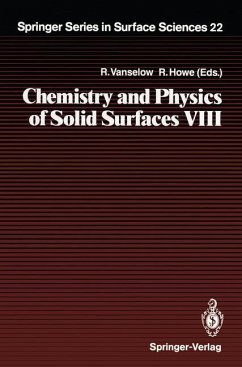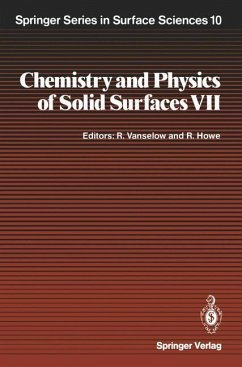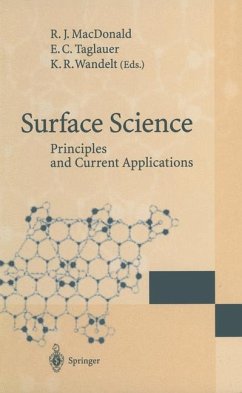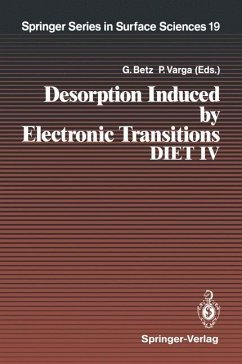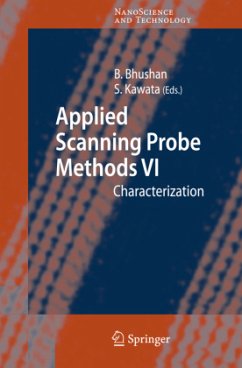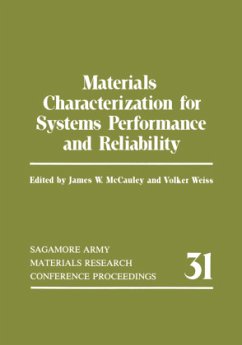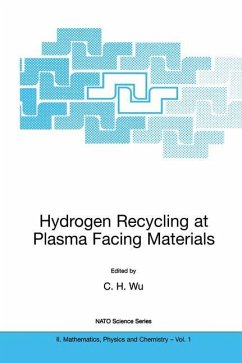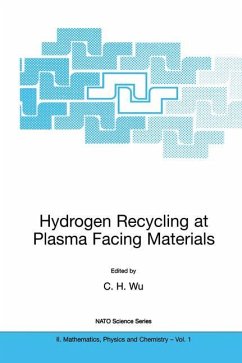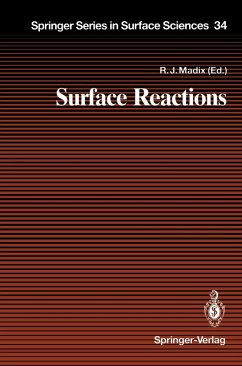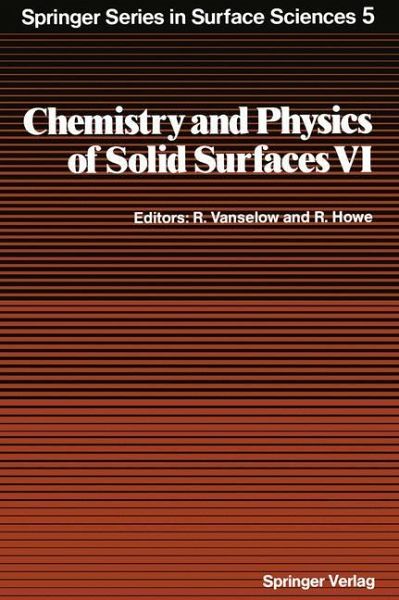
Chemistry and Physics of Solid Surfaces VI

PAYBACK Punkte
20 °P sammeln!
This volume contains review articles which were written by the invited speak ers of the seventh International Summer Institute in Surface Science (ISISS), held at the University of Wisconsin - Milwaukee in July 1985. The form of ISISS is a set of tutorial review lectures presented over a one-week period by internationally recognized experts on various aspects of surface science. Each speaker is asked, in addition, to write a review article on his lecture topic. No single volume in the series Chemistry and Physics of Solid Surfaces can possibly cover the entire field of modern surface science. ...
This volume contains review articles which were written by the invited speak ers of the seventh International Summer Institute in Surface Science (ISISS), held at the University of Wisconsin - Milwaukee in July 1985. The form of ISISS is a set of tutorial review lectures presented over a one-week period by internationally recognized experts on various aspects of surface science. Each speaker is asked, in addition, to write a review article on his lecture topic. No single volume in the series Chemistry and Physics of Solid Surfaces can possibly cover the entire field of modern surface science. However, the series as a whole is intended to provide experts and students alike with a comprehensive set of reviews and literature references, particularly empha sizing the gas-solid interface. The collected articles from previous Summer Institutes have been published under the following titles: Surface Science: Recent Progress and Perspectives, Crit. Rev. Solid State Sci. 4, 125-559 (1974)Chemistry and Physics of Solid Surfaces, Vols. I, II, and III (CRC Press, Boca Raton, FL 1976, 1979 and 1982), Vols. IV and V, Springer Ser. Chern. Phys., Vols. 20 and 35, (Springer, Berlin, Heidelberg 1982 and 1984). The field of catalysis, which has provided the major impetus for the de velopment of modern surface science, lost two of its pioneers during 1984 and 1985: Professors G.-M. Schwab (1899-1984) and p.k. Emmett (1900-1985).





